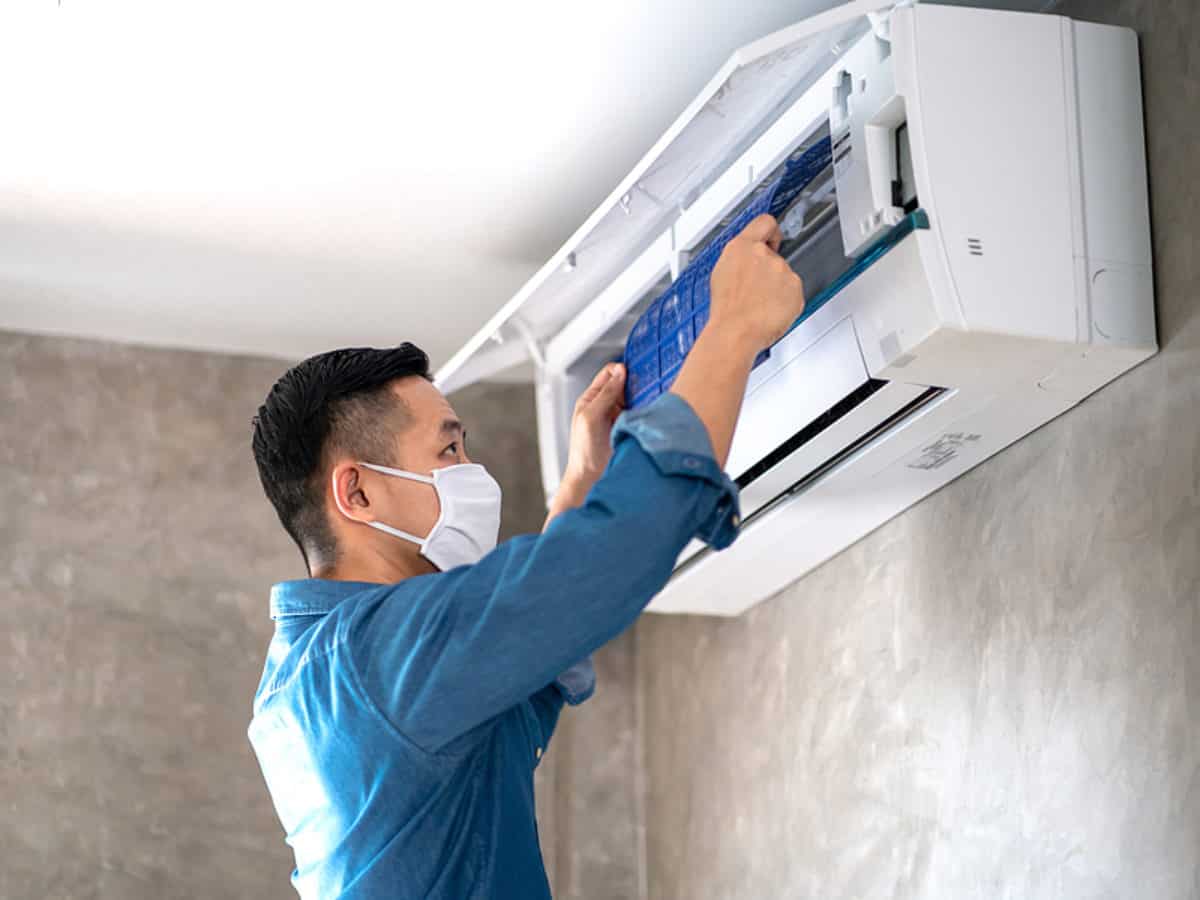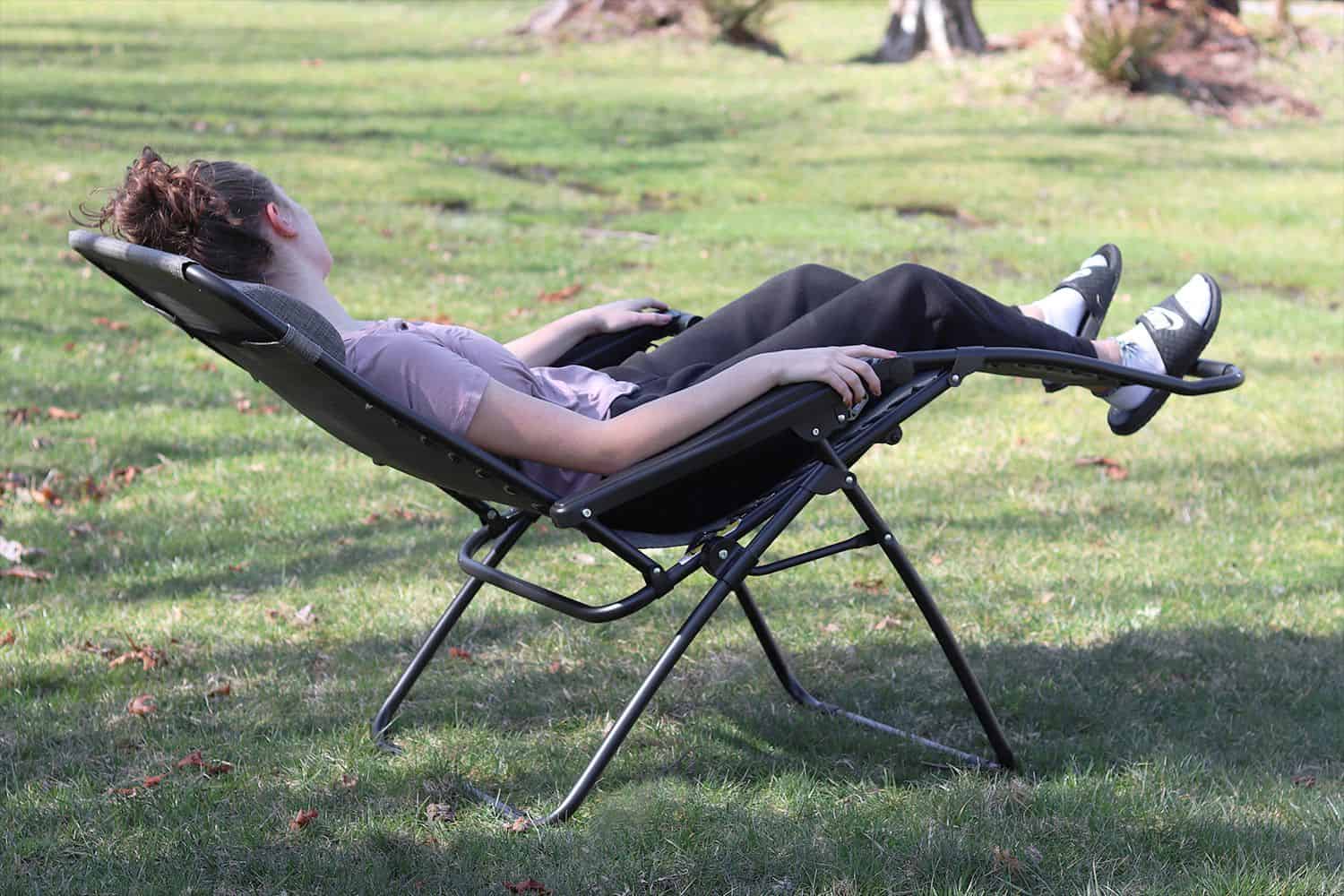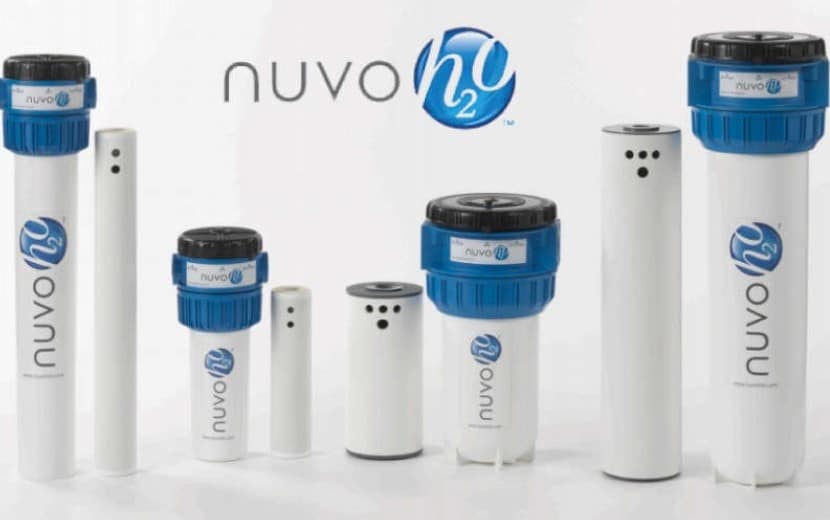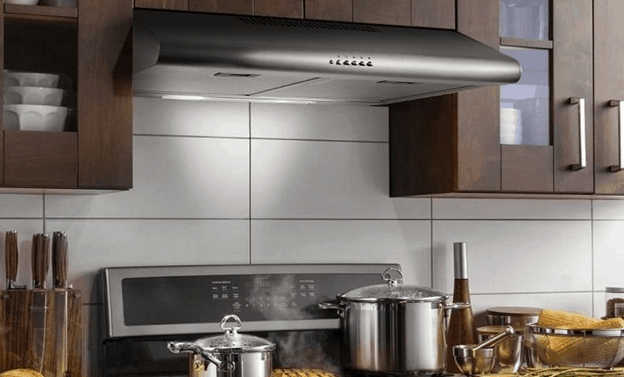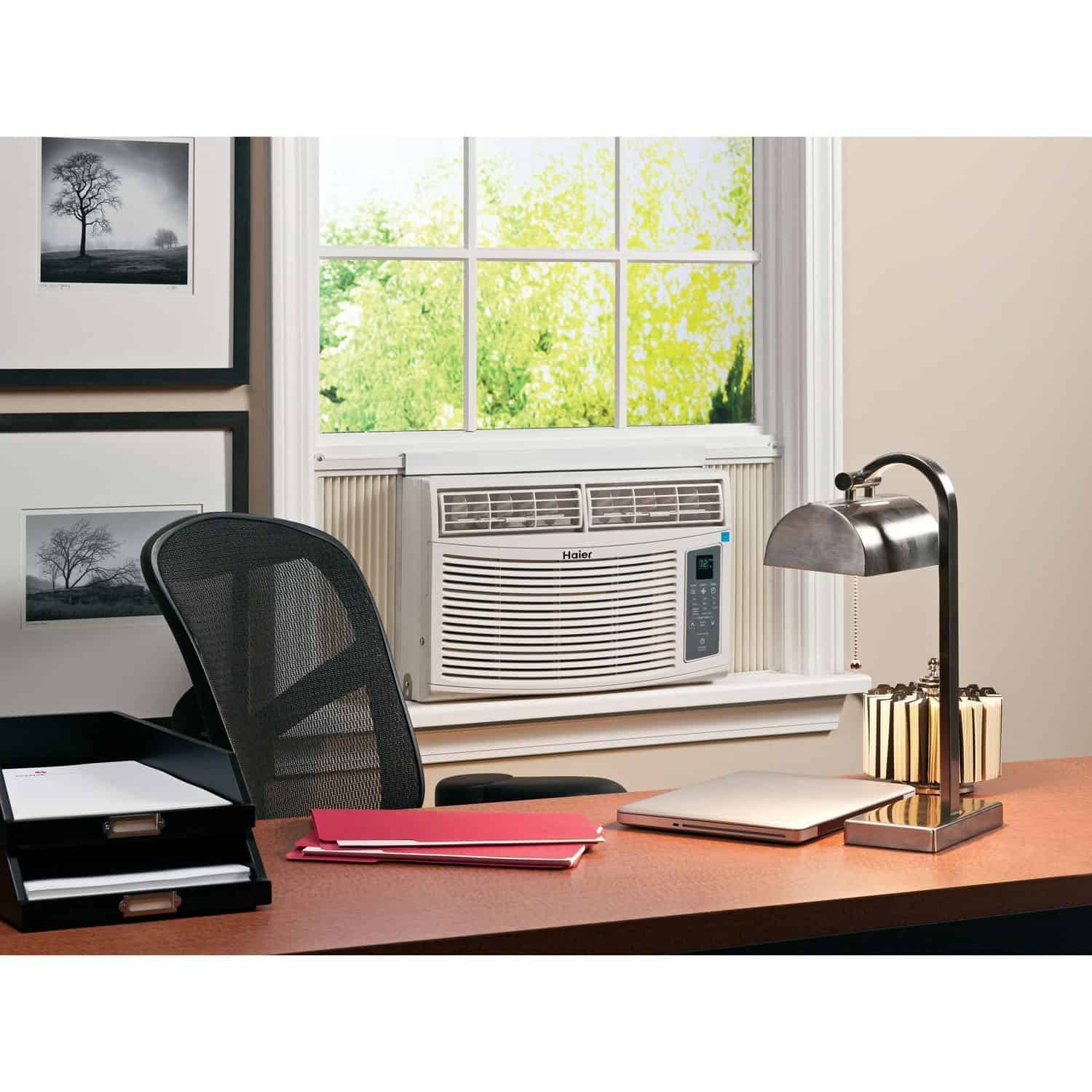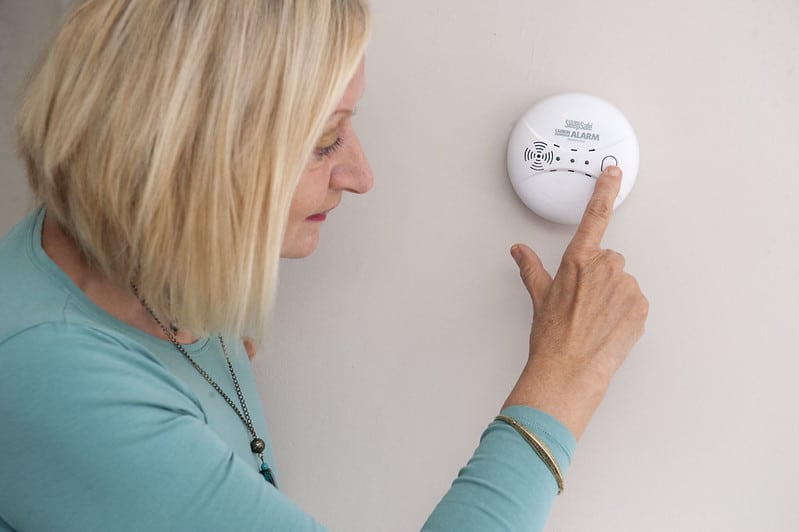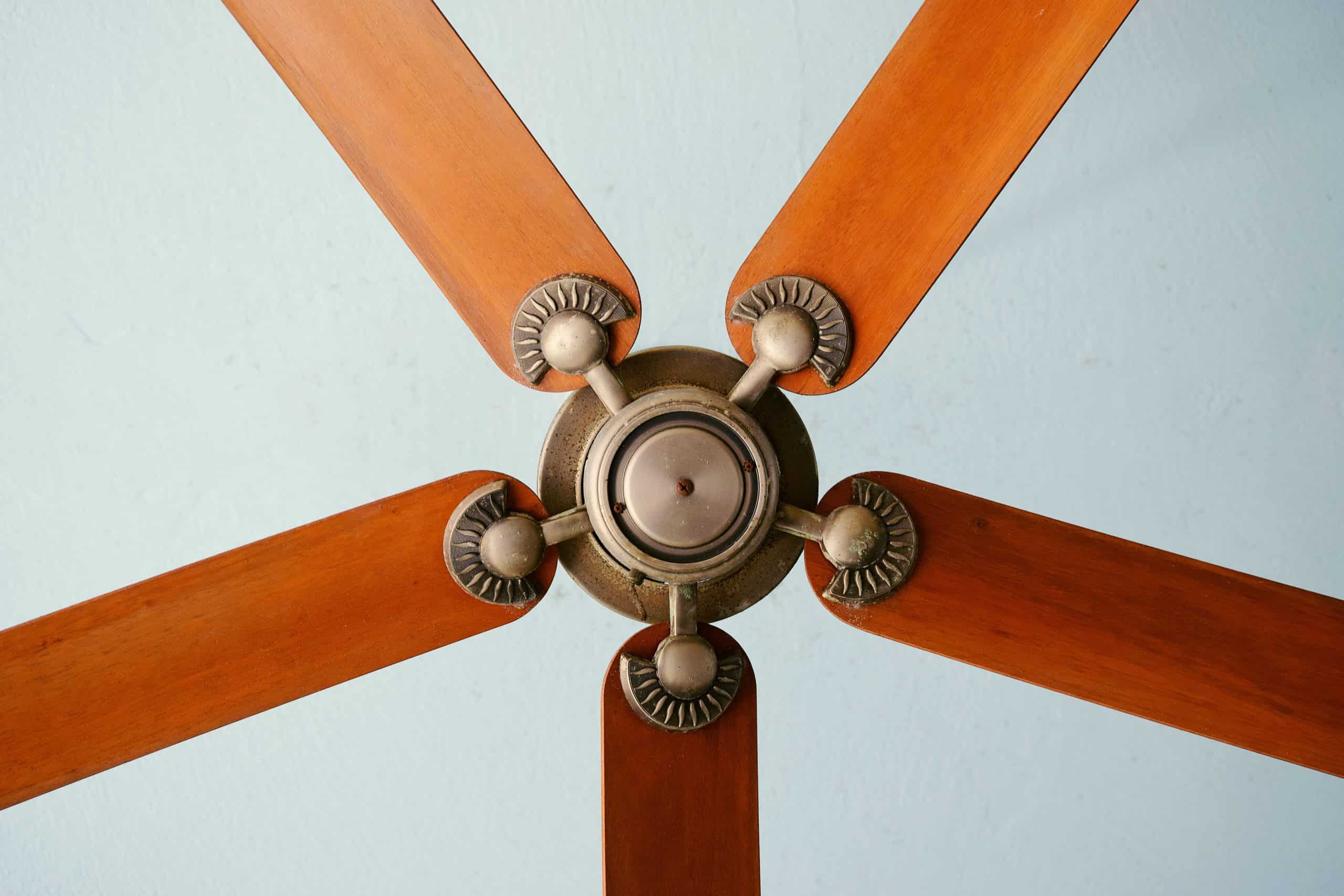Nothing can quite compare to that feeling you get once you step into the house, and it's refreshingly cool on a hot, humid summer day. This is a sensation we've enjoyed since 1902 when the modern air conditioning system was first invented by Willis Carrier; it's almost hard to imagine a life without it. But for your indoor air quality to stay fresh and clean, you'll need a clean AC system that will require you to know how to clean air conditioner coils.
Like other mechanical devices, an air conditioner has several components that require some basic cleaning and maintenance to operate efficiently. Just like with that new car, to keep it running at its best, you'll need to keep the oil changed, the engine tuned up, and the wheels rotated and balanced. In central air conditioning, cleaning the air conditioner coils ( AC coils) is an integral part of the long-term running of an efficient system.
Cleaning your air conditioner coil will help you save money in the long run, since other than maintaining its efficient state, you also get to extend your system's life expectancy. So often, while performing the annual maintenance on your HVAC system, parts within the air handler enclosure or system cabinet go forgotten or overlooked.
According to The U.S.A Department of Energy, Energy.gov, having clean air conditioning coils is essential for maintaining an air conditioner. But before you go cleaning your AC coils, you must have some basic knowledge on how an air conditioner works and why evaporator coils are so important.
What’s the Importance of Evaporator Coils?
The primary function of your evaporator coil is to capture the heat that your home indoor air system produces. As the evaporator coils do this, the condenser coils (fan coils) release that trapped heat into the surrounding air around its outdoor unit. Typically, both the condenser and evaporator coils are made of copper and encased by multiple aluminum fins to help transfer the heat.
Both are separately located in the HVAC system; condenser coils are located in the outdoor cabinet of the system, while the evaporator coils are located inside the house as part of the indoor air handling unit.
Evaporator coils are a vital part of the cooling function of an AC system. They generate the cold air that's needed to keep the indoor air cool and comfortable, even on the hottest of days. They also have a major role in the dehumidification process of an AC.
As the coils become cooler, water condenses and is then collected in the drain pan to safely flow away from your system. The efficiency and performance of these 2 vital functions are greatly reduced when your evaporator coils get dirty. Typically, the coils get damp from the dehumidification process, so it's easier for dust and pollen in the air to stick to the coils as air passes by.
The number of pollutants that come into contact with the coil can also increase if your air filter is dirty or your system doesn't use an air filter at all. With all these factors in play, dirt and dust collecting on the coils will affect the performance.
Problems that may occur when the evaporator coils and condenser get dirty include:
- Ice building up on the coil
- Increased wear that could lead to damage and malfunction
- Lower cooling capacity
- Lower heat transfer
- High energy consumption
- High temperature and operating pressure
Types of Coils in AC Units
A split-system central air conditioner comes with an indoor unit, including the furnace and evaporator coil or fan coil, and an outdoor unit (the air conditioning unit). The evaporator coil, sometimes called the cooling coil, is located on the outlet side of the furnace or the air intake side of the fan coil. It removes heat from indoor air so the fan blades can return the cool air in
a) Evaporator Coil
Its found in the outdoor unit, and its entire job is to release the heat back outside. Most of the evaporator and condenser coils are made from copper tubings running through thin, aluminum strips called bent fins. While the aluminum coils, or spine fins that resemble a large pipe-coil cleaner, help transfer heat in and out.
b) Condensing Coil
Because the air filters and coils play crucial roles in the cooling process, keeping them clean helps ensure a healthy AC unit.
Why Is It Important To Clean AC Coils?
Dust, debris and other pollutants can build up on the coil due to the tight spaces between the coil fins, surface moisture from the cooling process, and the amount of air flowing across them. Over time, the buildup reduces the system's ability to transfer warmth in and out of the home, thus reducing your summer cooling. In other extreme cases, dirty coils can block airflow, making the house quite uncomfortable with rising bills from energy inefficiency. Finally, in the worst-case scenario, dirty coils will make your system work much harder and result in a shorter life system life in addition to crazy expensive repair bills. In short, the cleaner, the air conditioning coil, and the more efficient the system will operate.
More specifically, dirty coils lead to:
- Increased operating temperatures from excess buildup
- Reduced comfort from the air conditioning system from the inefficiencies
- Lower cooling efficiency from the buildup on the coils
- Increased operating costs from dirty coils
- Increased system wear from the blocked evaporator coil, increased temperatures, placing stress on the entire air conditioning system
- System repairs
How to Clean Air Conditioner Coils?
The first step in cleaning these AC coils is actually getting to them. These evaporator coils are placed inside the indoor handling unit behind the detachable access panel.
Before anything, turn off the air conditioner thermostat. You should also shut off your circuit breaker while at it. Afterward, remove the screws (keep them safe) to loosen the access panel.
Next, you can use any of the coil cleaner techniques to clean the AC evaporator coils:
1. Use Compressed Air
If the dirt buildup on your coils isn't as much, you can simply use compressed air to blow off the dirt on the evaporator coil. For this method, direct the compressed air opposite the normal air flow direction across your coil. You'll need to wear eye protection, ensure that the air flow is consistent while using a shop vac to dislodge the dirt and debris.
2. Use A Brush
This is an effective technique when removing light dirt since it gives you more control over the operating pressures and areas that need cleaning. In this method, use the brush to sweep the dirt away and only scrub harder where necessary to remove dirt. Again, use a soft brush and avoid hard bristles or wire brushes that can damage the fins.
3. Use Commercial Cleaners
This gives you choices on the selection of cleaners that are available for cleaning the evaporator coils. After settling on your preferred brand, carefully follow the instructions that come with each cleaner. Let the commercial cleaner sit and foam until both the debris and foam drain away. Reapply on the dirtier side if necessary (per the instructions) until the fins are clean.
4. Using Water and Mild Detergents
You can use a mild detergent and water mix that works just as well to clean the coils. Mix the detergent in warm water and put it in a garden sprayer or spray bottle. Spray your solution onto the evaporator coils, soak for a few minutes to let the dirt and debris loosen. Wipe away the loose material using a cloth or soft brush and reapply if needed.
5. Heavy-duty cleaning
If the evaporator coils are heavily soiled, then you'll definitely need heavy-duty cleaning chemicals and equipment such as a steam cleaner or pressure washer. This also means that you may need to take apart more of the AC unit than you would on your regular cleaning. This may include the removal of the coil and cutting off the refrigerant lines.
If you have this, then you'll need to consult a professional HVAC contractor. One who can assess the work needed has the right equipment and training to clean the coils and restore the AC system without the risk of damage.
Frequently Asked Questions on How to Clean Air Conditioner Coils
1. How often should you clean AC coils?
Try cleaning your AC coils at least once a year since, without proper system maintenance, that summertime heat will get the best of you.
2. How can you clean coils without detaching them?
Use a compressed air canister to get the dirt and debris out. Pass the air through the coil to loosen the dirt, but if there's any stubborn dirt, you'll need to put the nozzle close to the debris along the side.
3. How to know if the AC coil is dirty?
Signs of a dirty coil include:
- Air conditioning loses its cooling capacity and produces warm air
- Air conditioning runs unusually longer
- Coil develops frost while in operation

